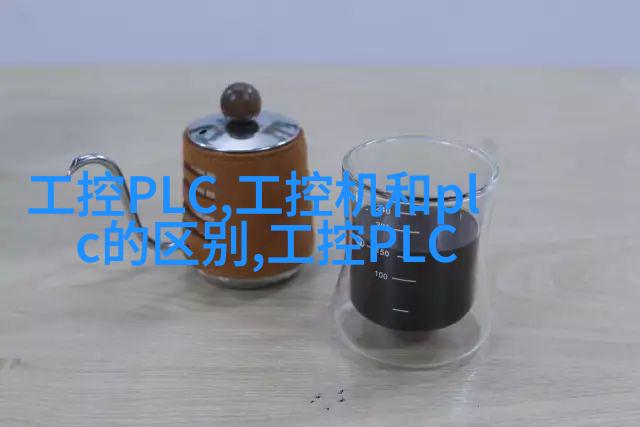您现在的位置是: 首页 - PLC - 回流装置在实验室中的应用与安装指南 PLC
回流装置在实验室中的应用与安装指南
2025-03-01 【PLC】 0人已围观
简介引言 实验室是科学研究的重要场所,不同的实验需要不同的条件和环境。在这些条件下,回流装置作为一种常见的设备,在很多实验中扮演着关键角色。它能够帮助实现温度、压力等参数的精确控制,为科学研究提供了良好的环境。 回流装置在实验室中的应用 2.1 基本原理 回流装置通常由一个循环系统构成,其中包括泵、热交换器、冷却塔等主要部件。其基本工作原理是将液体或气体通过循环系统,使其达到一定的温度和压力
引言

实验室是科学研究的重要场所,不同的实验需要不同的条件和环境。在这些条件下,回流装置作为一种常见的设备,在很多实验中扮演着关键角色。它能够帮助实现温度、压力等参数的精确控制,为科学研究提供了良好的环境。
回流装置在实验室中的应用

2.1 基本原理
回流装置通常由一个循环系统构成,其中包括泵、热交换器、冷却塔等主要部件。其基本工作原理是将液体或气体通过循环系统,使其达到一定的温度和压力,然后再返回到起始点。这一过程可以重复多次,以实现对物质状态的一系列改变。

2.2 应用领域
回流装置广泛应用于化学合成、材料科学研究、生物技术等多个领域。在化学合成中,它用于控制反应温度;在材料科学中,它用于模拟高温、高压环境;在生物技术中,则用于培养细胞或制备蛋白质。

实验室回flow装置安装图解析
3.1 设备选择与准备

在进行安装之前,首先需要根据具体需求选择合适型号的回flow装备,并检查所有必要配件是否齐全。此外,还需准备好相应的手册和工具,如螺丝刀、胶水等。
3.2 安装步骤概述
将主体部分(如管道)固定在地面上。
安装泵及连接管路。
设置热交换器并连接至循环系统。
配置冷却塔并加以保护措施。
实验室使用示例:添加新型回flow装置的指引
4.1 新型设备介绍
这里我们将展示如何为现有的实验室设置一个新的高效率反转式微机混沌炉,这种类型能够提供更稳定的温度和更加均匀的地形分布,从而提高了样品质量。
安装实践操作详解:
5-1 主要部件拆箱与检查:
对于每个组件进行彻底清洁后,将它们按顺序放入正确位置,并确保所有螺钉都紧固且无松动情况。
6- Installation of the pump and connecting pipes:
Pump installation requires careful attention to ensure proper alignment, and secure fastening of all bolts.
7- Installing the heat exchanger and connecting it to the loop system:
The heat exchanger should be positioned in a way that allows for easy access for future maintenance or replacement.
8- Setting up the cooling tower with protective measures:
Cooling towers are typically placed outdoors, but must be protected from weather elements by installing appropriate covers.
9- Final checkups before operation:
Before powering on the system, perform a series of checks to ensure all components are properly connected and functioning correctly.
10-Troubleshooting tips:
In case any issues arise during operation, refer to troubleshooting guides provided by manufacturers or seek assistance from experienced technicians.
11-Conclusion & Maintenance Tips:
11:1 Proper Maintenance is Key:
Properly maintaining your laboratory's return flow equipment will extend its lifespan while ensuring optimal performance.
Regular cleaning of components, monitoring temperature control systems, checking fluid levels and replacing worn parts as needed can help prevent breakdowns.
Additionally, regular calibration checks can help identify potential problems before they become major issues.
11:2 Future Upgrades & Expansions:
As research demands change over time or new technologies emerge,
it may be necessary to upgrade existing equipment or expand facilities.
In such cases,
consulting experts in laboratory design can help plan efficient layouts that maximize space usage while accommodating evolving needs.
By following these guidelines,
laboratory staff can effectively install high-quality return flow devices,
ensuring optimal conditions for conducting experiments and advancing scientific understanding across various disciplines within their respective fields.






